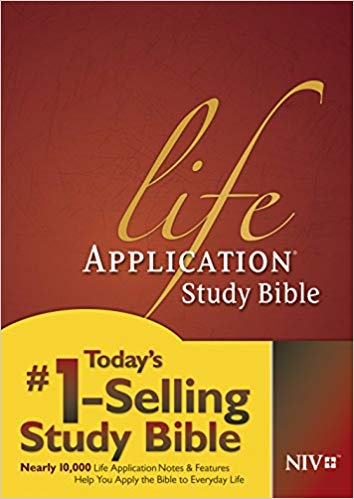Bible study is an important part of the Christian life, and the nice part about it is that there are many ways to study the Bible. Because people are different, their preferred method of study is likely to be different, too. The most crucial part is that study is a regular occurrence, regardless what method is used. One of the ways for believers to study is to use the devotional Bible study method.
In this method, the idea is to start with a passage in the Bible: a verse, a section, or a chapter. The process of the devotional method of Bible study is applying the section of the Bible being studied to life principles and relationships. It emphasizes actually using what is learned rather than just reading it (and likely forgetting it quickly). The Bible is full of information to help people live lives that are honoring to God. It is meant to be used for instruction, correction, and training believers, according to 2 Timothy 3:16, and we are meant to do what we read, rather than only reading, according to James 1:22-25.
The following steps may be of assistance in following this method of Bible study. While it is possible to follow the devotional method without every step, it will doubtless be more beneficial to the believer if all of the steps are followed as completely as possible.
Step One – Pray
Take a moment before beginning quiet time to pray and ask for guidance and understanding. Pray while reading the passage for understanding and how best to apply it to daily life. Because prayer is how Christians talk to God, including it in devotional time is imperative. Prayer fosters a closer relationship with the Creator. The method will be significantly less effective if prayer is not included in the process.
Step Two – Record the information
It is good to have a notebook for devotional time. Start a new page for each day, or for each passage, whichever makes more sense. Some people may choose to have a quiet time both morning and evening, and in that case a page per passage would work better. Write at the top the date and the passage, so you will be able to find it in the future.
Step Three – Identify key concept and verse
After reading through the passage, take time to consider what is the main point. If there is one verse that summarizes the concept, write it and the concept. This verse would be an excellent one to memorize. If there is not one verse that is a summary, then write the concept and choose a verse that will remind you of the passage for future recall.
Step Four – Summarize the passage
Take a few moments to consider the concept(s) that appear in the passage. Write them as succinctly as possible on the page, using a few sentences, or an outline.
Step Five – Summarize the application
Consider how this verse applies to daily life, or specific areas of life. Write down the ways that it can be applied, and how it relates to you, specifically. Write down steps that can be taken to ensure the application is followed.
Some questions to consider when writing the application include:
- Does the passage offer an example of proper living that should be followed?
- Do the verses shed light on a sin that should be shunned?
- Is there a command in this section? What is it?
- Does this passage offer a promise that believers can claim?
- Is there something about how to relate to God, to family, to friends, to others, to the world, or even to yourself?
- Are there obvious changes that need to be made in your life, according to the passage?
Step Six – Memorize the key verse
Take some time to learn the verse that was chosen in Step Three. It is often best to memorize using multiple senses – write it, read it, say it, listen to it, and so on. Repetition is the key to memorization. It can be helpful to write it on a sticky note or an index card and keep it available in a pocket or on a surface that is often visible (refrigerator, bathroom mirror, or similar location) to allow it to be reviewed many times during the day.
Step Seven – Meditate
Pause during the day to think about what was studied. Ponder the concepts, review the verse, consider the applications. God tells us to hide His word in our hearts, and He told Joshua to keep the Scriptures as a part of every part of the day and night. This is accomplished through meditation on it.
Step Eight – Review
It is important that the concepts and applications are not just read, written, and quickly forgotten. Go back over previous days’ devotions and assess progress often. Review previous memory verses, refresh the concepts in your memory, and be careful to continue to live out applications.
Conclusion
The devotional study method of the Bible is one that can take a short time or a long time, depending on what is available for quiet time. Study can go deeper by following cross references from the passage, finding other verses that support or expand on the concept, being both broad and specific in the application, and memorizing more of the passage. If time is at a premium, simply following the steps in an efficient manner can be sufficient, especially if one carries the lesson throughout the remainder of the day.
Resources
Doodle Style Daily SOAP Journal
The SOAP Journal uses an abbreviated devotional method, in which SOAP stands for Scripture, Observation, Application, and Prayer. This journal offers labeled space in which to write these things.
NIV Life Application Study Bible, Second Edition
The NIV Life Application Study Bible offers built-in applications and concepts, if something is needed to get started with this method. There are many translations of the Life Application Bible, including specific people groups such as teens, girls, boys, guys, women, and more. A chronological Life Application Bible is available, as well.




